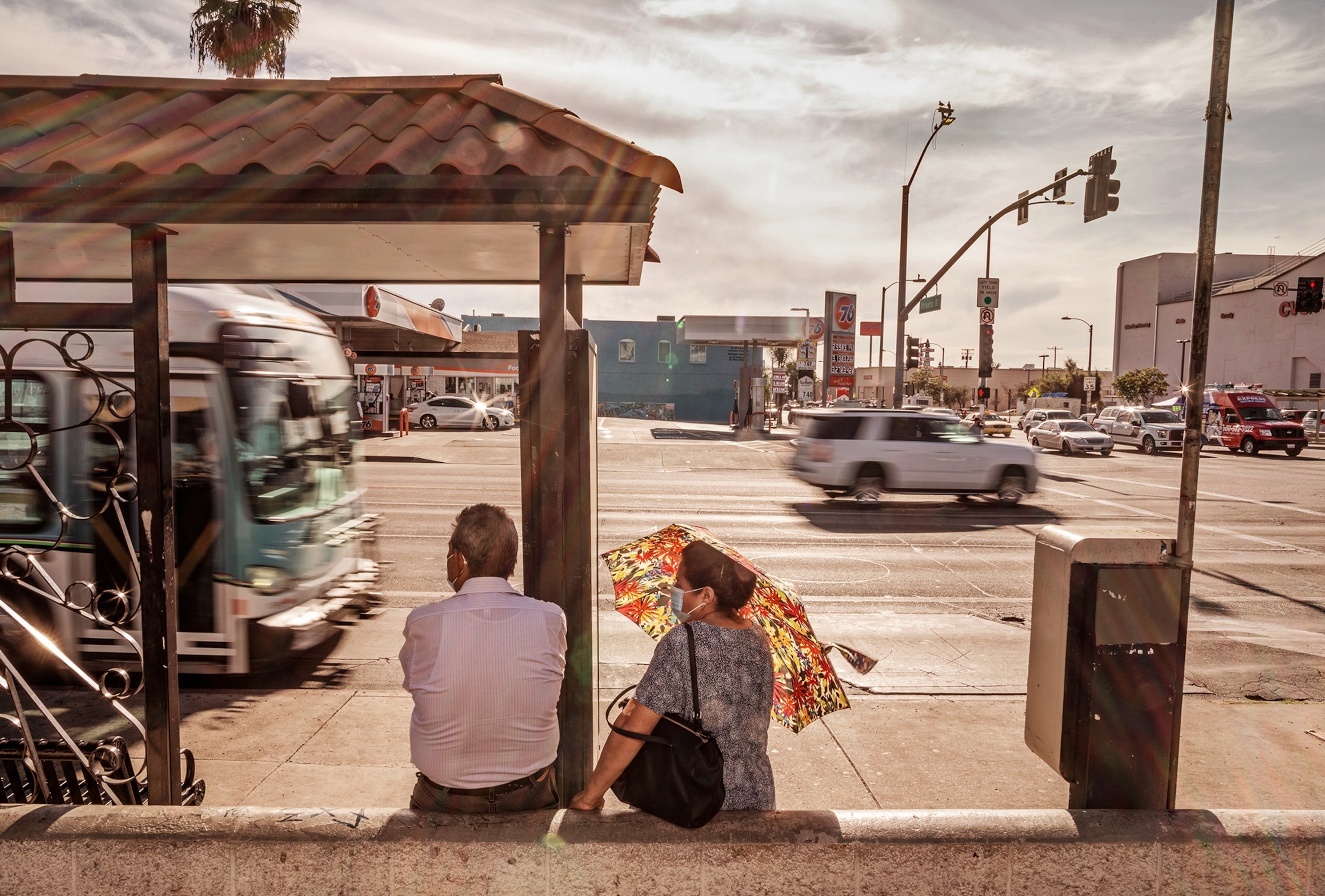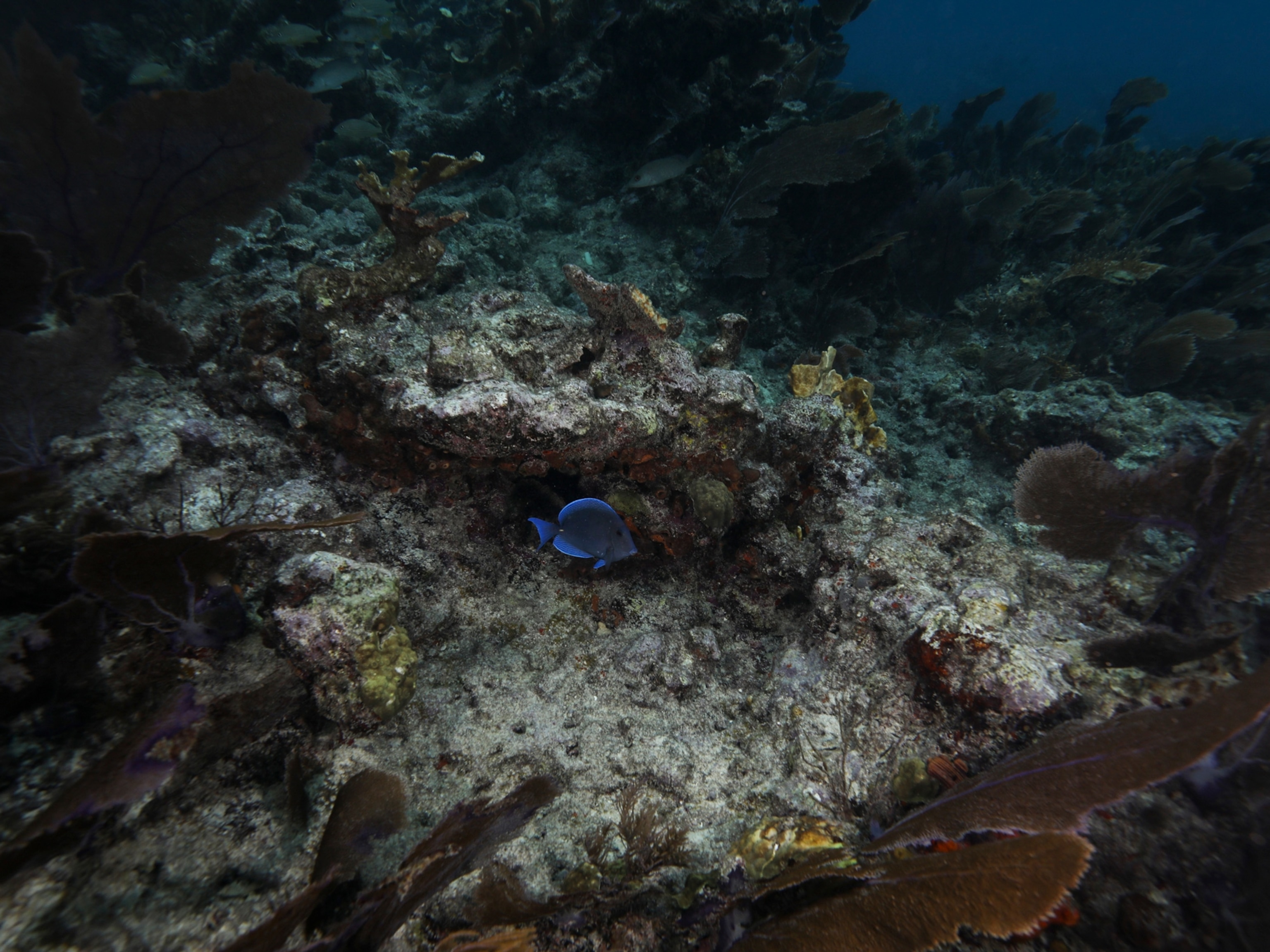
The world is getting hotter. We must adapt to it equitably.
Shade could be a low-tech solution to our heat problem, but inequalities make it a fraught commodity.
Science tells us unequivocally that the world is getting hotter: The past six years have been the warmest on record.
Each of us may note this differently. For me, it’s the birds that no longer migrate south in the winter; I see them all year long now. And why in the world is the forsythia blooming in January?
Ultimately, to solve global warming, we must drastically reduce greenhouse gas emissions. Part one of this month’s cover story package addresses that challenge. It looks at heat and how humans—who evolved during the past 10,000 years in an average air temperature of 55 degrees Fahrenheit—must adapt to a steamy new reality but also work to mitigate it.
Part two of the package explores a low-tech, immediate solution to heat: shade. We’re well aware of its public health benefit, as being in the shade can make us feel up to 20 degrees cooler than if we were in the sun. That principle applies to where we live as well. A recent study found that neighborhoods with dense tree canopy and parks and other open spaces averaged about five degrees cooler than neighborhoods without those attributes—in the very same cities. We tell our shade story from Los Angeles.
You likely won’t be surprised to learn that the hotter neighborhoods tend to be lower-income areas where people of color form a larger share of the population. Redlining and discrimination have long denied people home loans and stifled community investment. The legacy of those inequalities makes shade itself a fraught commodity. It’s not just a way to keep cool; it’s a lasting measure of privilege on one hand and environmental racism on the other.
“You just don’t see green in the areas that were redlined,” urban ecologist Vivek Shandas told our writer Alejandra Borunda. Today in some of L.A.’s poorest neighborhoods, the percentage of land shaded by the tree canopy is in the single digits (compared with nearly 40 percent coverage in better-off neighborhoods). Shandas, who studies urban forest equity, is working with the city of Los Angeles to develop tree-planting programs.
And here’s the good news: Los Angeles aims to plant 90,000 more trees by the end of 2021, increasing the canopy cover in neglected areas. It isn’t a panacea, and it’s going to take a while to make a difference. But as temperatures warm, and as we grapple with the far more complicated solution of reducing greenhouse gases, planting trees equitably in all neighborhoods is a small but meaningful start.
Thank you for reading National Geographic.
This story appears in the July 2021 issue of National Geographic magazine.





